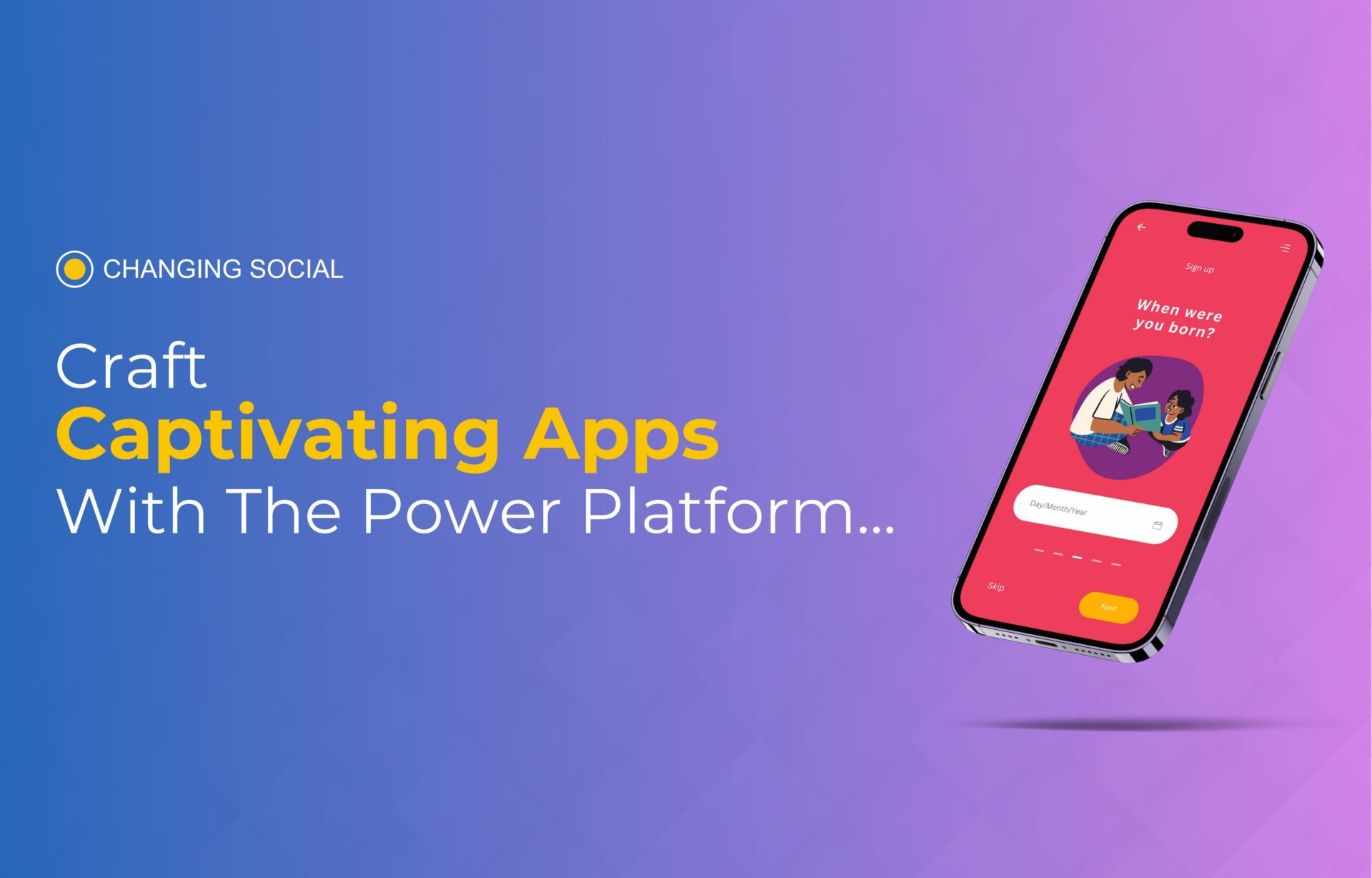RemoteIoT Platform Tutorial: Your Ultimate Guide To Mastering IoT
So, you've heard about RemoteIoT platform, and you're curious to learn more. Well, you're in the right place, my friend. RemoteIoT isn't just some fancy buzzword; it's a game-changer for anyone diving into the Internet of Things (IoT). Whether you're a beginner or someone looking to level up your IoT skills, this tutorial has got your back. Let's dive right in and make sure you're not just reading but truly understanding what makes RemoteIoT so special.
Imagine a world where devices talk to each other, share data seamlessly, and make your life easier. That's what IoT is all about. But without a solid platform to manage it all, things can get messy real quick. That's where RemoteIoT steps in, offering a solution that's both powerful and easy to use. If you're ready to take control of your IoT projects, keep reading because we're about to break it down for you.
This tutorial isn't just another tech article; it's a step-by-step guide to mastering RemoteIoT. We'll cover everything from setting up your first project to troubleshooting common issues. By the end of this, you'll be equipped with the knowledge and confidence to tackle any IoT challenge that comes your way. So, buckle up and let's get started!
- Ullu Web Series In Movierulz The Ultimate Guide For Fans
- Tommy Miles First Wife The Untold Story You Wont Believe
What is RemoteIoT Platform?
Let's kick things off by answering the million-dollar question: What exactly is RemoteIoT platform? Simply put, it's a cloud-based platform designed to help developers and businesses manage, monitor, and control IoT devices from anywhere in the world. Think of it as the brain behind your IoT operations, ensuring everything runs smoothly and efficiently.
RemoteIoT platform offers a range of features that make it stand out from the competition. From real-time data analytics to secure device connectivity, it's got all the tools you need to build and manage IoT solutions. Whether you're working on a small home automation project or a large-scale industrial application, RemoteIoT has got you covered.
Key Features of RemoteIoT
Now that you know what RemoteIoT is, let's take a closer look at its key features:
- Hudson And Rex Season 8 John Reardons Journey Takes A New Turn
- Is Barron Trump Singing Unveiling The Musical Mystery Behind The Youngest Trump
- Real-time data monitoring and analytics
- Secure device-to-cloud communication
- Scalable infrastructure for growing projects
- User-friendly dashboard for easy navigation
- Support for multiple protocols and devices
These features make RemoteIoT a versatile platform that can adapt to various IoT use cases. Whether you're tracking environmental sensors or managing smart home devices, RemoteIoT provides the flexibility and power you need.
Why Choose RemoteIoT Platform?
With so many IoT platforms out there, why should you choose RemoteIoT? The answer lies in its unique combination of features, ease of use, and reliability. RemoteIoT isn't just another platform; it's a trusted solution that's been proven to deliver results.
One of the biggest advantages of RemoteIoT is its focus on security. In today's world, where data breaches are all too common, having a secure platform is crucial. RemoteIoT uses advanced encryption and authentication methods to ensure your data stays safe. Plus, its scalable infrastructure means you can start small and grow as your needs evolve.
Security and Reliability
Security is at the heart of RemoteIoT's design. With features like end-to-end encryption and two-factor authentication, you can rest assured that your data is protected. But security isn't the only thing that makes RemoteIoT reliable. Its robust infrastructure ensures minimal downtime, so your IoT projects keep running smoothly even during peak usage.
Getting Started with RemoteIoT
Ready to dive into the world of RemoteIoT? Getting started is easier than you might think. Follow these simple steps, and you'll be up and running in no time:
- Create an account on the RemoteIoT platform
- Set up your first project and connect your devices
- Explore the dashboard and start monitoring your data
Don't worry if you're new to IoT; RemoteIoT provides plenty of resources to help you get started. From detailed documentation to video tutorials, you'll have all the support you need to succeed.
Setting Up Your First Project
Setting up your first project on RemoteIoT is a breeze. Just follow these steps:
- Log in to your RemoteIoT account
- Click on "Create New Project" and give it a name
- Add your devices and configure settings
- Start collecting and analyzing data
With RemoteIoT, setting up a project is as easy as 1-2-3. Before you know it, you'll be collecting valuable data and gaining insights into your IoT ecosystem.
Understanding RemoteIoT Architecture
To truly master RemoteIoT, it's important to understand its architecture. RemoteIoT follows a cloud-based model, which means all your data and applications are hosted in the cloud. This allows for seamless scalability and flexibility, making it ideal for projects of all sizes.
The platform consists of several key components, including the cloud server, device gateway, and user interface. These components work together to provide a comprehensive solution for managing IoT devices. By understanding how each component functions, you'll be better equipped to optimize your RemoteIoT setup.
Key Components of RemoteIoT
Here's a breakdown of the key components that make up RemoteIoT:
- Cloud Server: Handles data storage and processing
- Device Gateway: Facilitates communication between devices and the cloud
- User Interface: Provides an intuitive dashboard for monitoring and control
Each component plays a vital role in ensuring your IoT projects run smoothly. By familiarizing yourself with these components, you'll be able to troubleshoot issues more effectively and make the most of RemoteIoT's capabilities.
RemoteIoT Platform Use Cases
Now that you know what RemoteIoT is and how it works, let's explore some real-world use cases. From smart cities to industrial automation, RemoteIoT has applications across a wide range of industries.
One popular use case is smart agriculture, where RemoteIoT helps farmers monitor soil conditions, weather patterns, and crop health. By collecting and analyzing data in real-time, farmers can make informed decisions that improve yield and reduce waste.
Industrial Applications
In the industrial sector, RemoteIoT is used for predictive maintenance, where machines are monitored for signs of wear and tear. By detecting potential issues before they become serious, companies can avoid costly downtime and extend the lifespan of their equipment.
Another exciting application is smart cities, where RemoteIoT helps manage traffic flow, energy consumption, and public safety. By integrating data from various sources, city planners can create more efficient and sustainable urban environments.
Best Practices for Using RemoteIoT
To get the most out of RemoteIoT, it's important to follow best practices. Here are a few tips to help you succeed:
- Start small and scale up as needed
- Regularly update your devices and software
- Monitor performance metrics to identify areas for improvement
- Document your processes and configurations
By following these best practices, you'll be able to maximize the benefits of RemoteIoT and avoid common pitfalls. Remember, the key to success is continuous learning and improvement.
Troubleshooting Common Issues
Even with the best-laid plans, issues can arise. Here are some common problems you might encounter and how to fix them:
- Connection Issues: Check your device settings and network configuration
- Data Errors: Verify data integrity and ensure proper formatting
- Performance Bottlenecks: Optimize your setup and upgrade hardware if necessary
By addressing these issues promptly, you'll ensure your IoT projects run smoothly and efficiently.
Future of RemoteIoT Platform
As the IoT landscape continues to evolve, so does RemoteIoT. The platform is constantly being updated with new features and capabilities to meet the changing needs of its users. From enhanced security measures to improved scalability, RemoteIoT is committed to staying ahead of the curve.
Looking ahead, RemoteIoT plans to expand its support for emerging technologies like artificial intelligence and blockchain. These advancements will further enhance the platform's capabilities and open up new possibilities for IoT applications.
Emerging Technologies
One of the most exciting developments on the horizon is the integration of AI into RemoteIoT. By leveraging machine learning algorithms, the platform will be able to provide even more accurate predictions and insights. This will enable users to make better decisions and optimize their IoT operations like never before.
Conclusion
And there you have it, folks! A comprehensive guide to mastering RemoteIoT platform. From understanding its architecture to exploring real-world use cases, we've covered everything you need to know to get started with IoT. Remember, the key to success is continuous learning and experimentation.
So, what are you waiting for? Dive into the world of RemoteIoT and start building the IoT solutions of tomorrow. Don't forget to share your experiences and leave a comment below. And if you found this tutorial helpful, be sure to check out our other articles for more tips and tricks. Happy coding, and may the IoT be with you!
Table of Contents:
- What is RemoteIoT Platform?
- Key Features of RemoteIoT
- Why Choose RemoteIoT Platform?
- Getting Started with RemoteIoT
- Understanding RemoteIoT Architecture
- RemoteIoT Platform Use Cases
- Best Practices for Using RemoteIoT
- Future of RemoteIoT Platform
- Conclusion
- Brooke Hendersons Personal Life A Closer Look At Her Journey And Achievements
- Unlocking The Secrets Of Ibombma Alappuzha Gymkhana Your Ultimate Guide

The Kaa IoT Platform Tutorial Excellarate

Mastering RemoteIoT Platform Tutorial A Comprehensive Guide For Beginners

Charts Part 1 Platform Tutorials Trade The Pool Stock Trading Prop